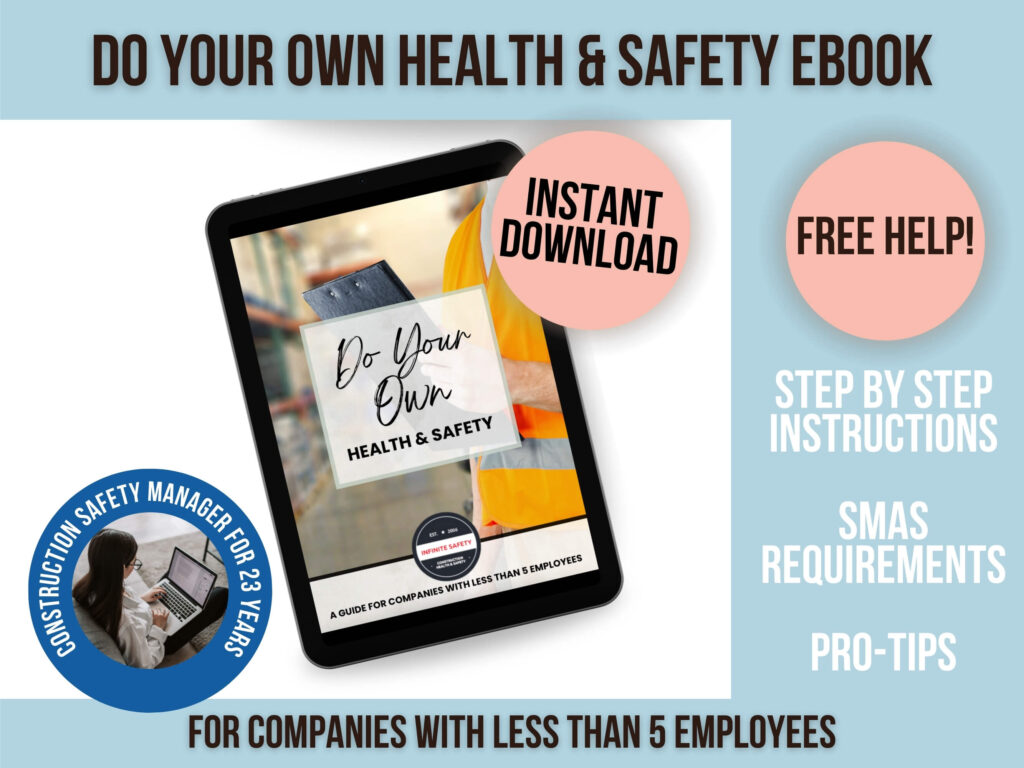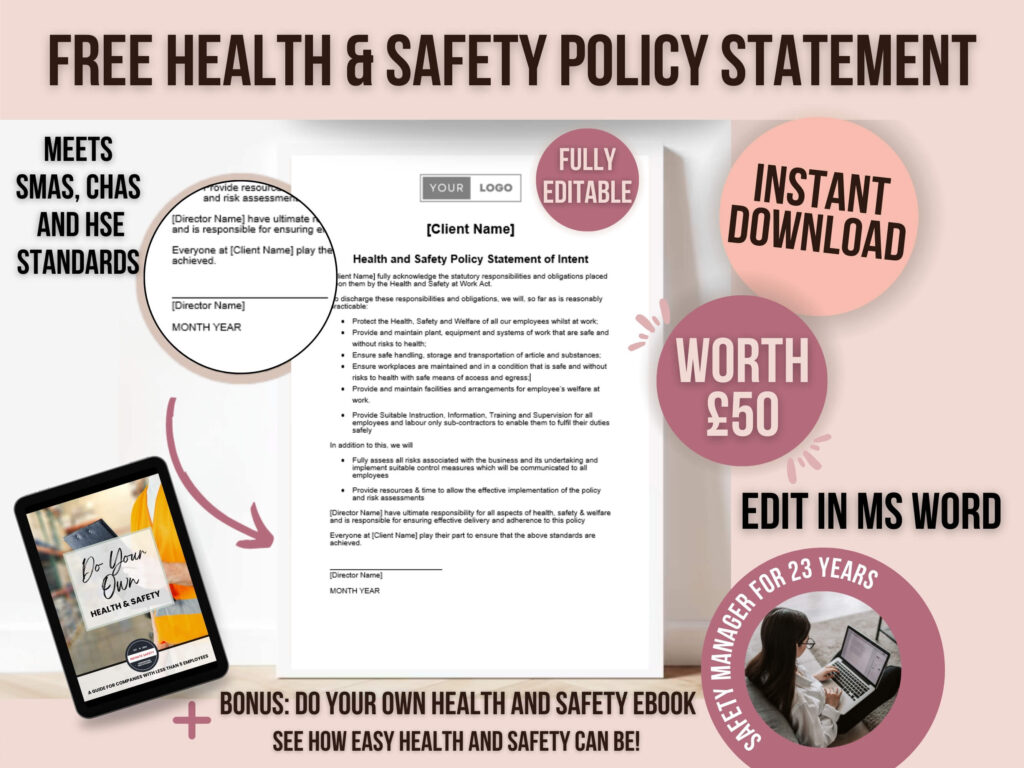Who is legally responsible for Health and Safety at Work? Everyone. The employer has duties and the employee has duties under the Health and Safety at Work Act.
Why Do Employees Have Duties?
Employees have two duties to fulfill. They are:
(a)to take reasonable care for the health and safety of himself and of other persons who may be affected by his acts or omissions at work; and
(b)as regards any duty or requirement imposed on his employer or any other person by or under any of the relevant statutory provisions, to co-operate with him so far as is necessary to enable that duty or requirement to be performed or complied with.
Health and Safety at Work Act etc 1974
In plain English, employees have to look after themselves and not endanger others. This includes endangerment by something they do or something they don’t do. For example, if an employee doesn’t barrier off a hole and someone falls down it, they are legally responsible for their omission – the thing they did not do. And likewise, if an untrained employee amended some scaffolding, they are legally responsible for what they did do.
The second duty of an employee is that they have to co-operate with their employers efforts to discharge their health and safety duties. An employee who refuses to follow site rules, risk assessments, wear specified PPE, I could go on, is not co-operating with their employer.
What Are an Employers Duties Under the Health and Safety at Work Act?
An Employer has a lot more duties towards their employees. There are six items that an employer has to do:
- Protect the Health, Safety and Welfare of all our employees whilst at work;
- Provide and maintain plant, equipment and systems of work that are safe and without risks to health;
- Ensure safe handling, storage and transportation of article and substances;
- Ensure workplaces are maintained and in a condition that is safe and without risks to health with safe means of access and egress;
- Provide and maintain facilities and arrangements for employee’s welfare at work.
- Provide Suitable Instruction, Information, Training and Supervision for all employees and labour only sub-contractors to enable them to fulfil their duties safely.
Although the answer to the question who is legally responsible for health and safety at work, is both, the Employer is more responsible. The onus is on the employer to provide the safe systems of work for the employee to work to. Without that, the employee cannot fulfil their duties or co-operate. Then there is Vicarious Liability.
What is Vicarious Liability?
Vicarious liability means that the Employer is partly liable for the actions and omissions of their employees.
If a dumper driver loses control and has an accident, but the employer did not check that the driver was competent to drive the dumper, the employer is vicariously liable.
In real terms, the percentage of vicarious liability is relevant in personal injury claim awards. If the employer has done all they can to protect the health, safety and wellbeing of the employee, the percentage of vicarious liability ie financial award, will be low. If the employer has done nothing, then they will be vicariously liable.
So, Who is Legally Responsible for Health and Safety at Work?
The Employer has to have everything in place – policy, risk assessments, safe systems of work and a safe workplace before appointing employees. The employees are then legally responsible for complying with the Health and Safety arrangements of the employer.
Free Health and Safety Help
You can download my Free Health and Safety Policy Statement here. That will give you the six duties of an Employer.
If you need help with your risk assessments, read this post.
For a free weekly update newsletter, sign up here.
Or if you want to go all in, start from scratch and do your own safety – I have a free ebook here



